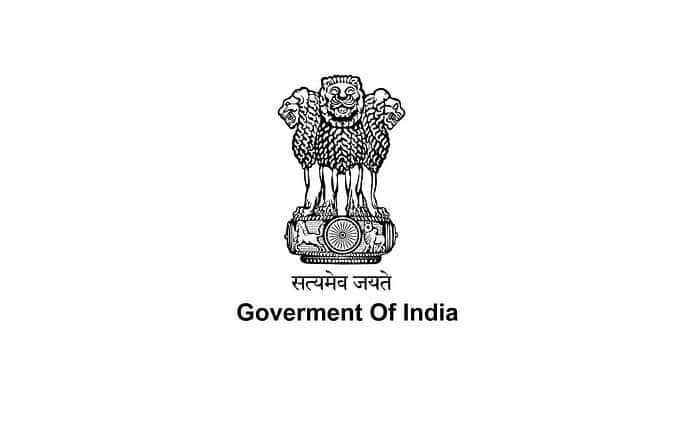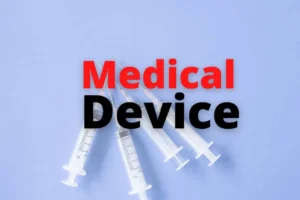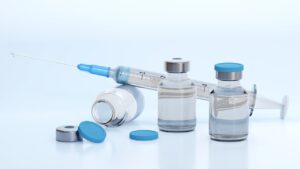Last Updated on March 28, 2024 by The Health Master
Drugs and Medical Devices
In recent developments, the Department of Pharmaceuticals (DoP), Govt of India has taken significant steps to strengthen local manufacturing of Drugs and Medical Devices by publishing a comprehensive list comprising 196 drugs and 592 medical devices.
This move aims to streamline the procurement process for essential healthcare products while promoting indigenous production.
Let’s delve deeper into this initiative and its implications.
Purpose of the List
The primary objective behind the compilation of this list is to facilitate the identification of local manufacturers for a wide array of drugs and medical devices.
By seeking details from domestic producers, the government intends to ensure the availability of these critical products to central procurement agencies, including the Ministry of Railways and the Employee’s State Insurance Corporation (ESIC).
Preparation of the List
The list’s formulation is a result of meticulous efforts involving inputs from various stakeholders, including procuring agencies, industry associations, and importers.
It comprises items that are either already exempt from Global Tender Enquiry (GTE) instructions until March 31, 2024, or have been freshly requested for inclusion based on emerging needs.
Details Required from Local Manufacturers
In notices addressed to the pharmaceutical and medical devices industry, the DoP has outlined specific information sought from local manufacturers.
This includes data such as local content percentage, manufacturing capacity, availability of alternatives, and mandatory submissions like licenses and patent certificates.
The emphasis is on transparently assessing the domestic manufacturing capacity for these products.
Response Deadline
Timely submission of requisite details is paramount, with a stipulated deadline of 10 days from the date of the notice issued.
Failure to comply within the specified timeframe may result in further actions by the Department.
Therefore, manufacturers are urged to expedite their responses to facilitate a comprehensive evaluation.
Previous Exemptions
This initiative builds upon previous actions undertaken by the DoP to exempt certain drugs and medical devices from GTE notifications.
By identifying local manufacturers for products facing procurement challenges, the Department aims to bolster domestic production capabilities and reduce reliance on imports.
Guidelines for Local Procurement
The Public Procurement (Preference to Make in India) Order (PPO), 2017, provides a framework to promote indigenous manufacturing in the pharmaceutical sector.
It mandates public procurement agencies to prioritize suppliers with significant local content, thereby fostering a conducive environment for domestic production.
Amendments to Financial Rules
Recognizing the need for global procurement in certain cases, amendments to the General Financial Rules, 2017, empower ministries and departments to seek tenders globally through GTEs.
While this facilitates access to competitive offers, stringent criteria ensure that local manufacturers are not sidelined.
Threshold for Global Tender Enquiries
The threshold for invoking GTEs has been defined, with exceptions allowed for tenders below a certain limit.
However, such deviations necessitate detailed justifications and prior approvals, ensuring judicious utilization of this mechanism.
Impact on Domestic Manufacturing
These initiatives signify a paradigm shift towards bolstering domestic manufacturing capabilities and reducing dependency on imports.
By encouraging local production, the government aims to enhance self-reliance, create employment opportunities, and foster innovation in the healthcare sector.
Challenges and Opportunities
While the road to self-sufficiency presents challenges such as infrastructural limitations and regulatory hurdles, it also opens avenues for collaboration, innovation, and technological advancement.
Stakeholders must collaborate closely to address bottlenecks and capitalize on emerging opportunities.
Disclaimer: This article contains information derived from the source mentioned below. Our team utilized an AI language model to rewrite and present the news or article in a unique format.
The proposal for a Unified Drug Regulatory Authority in India
Reforming Drug and Medical Device Pricing: The Mission of Govt
DCGI to SLAs: Cancel this Antibiotic Drug Combination
Need for a Unified Licensing and Drug Approval System in India
Govt Job: For Analyst at State Drugs Testing Laboratory
Operation Double-Check: Kerala’s Bold Move to Ensure Drug Quality
DTAB advocates Bar Codes and QR Codes on Vaccine Products
USFDA issued Form 483 with 4 observations to Alembic Pharma
Telangana: Illegal sale of drugs, 3 arrested under NDPS Act
A New Era for Pharma: Landmark Drug Testing Laboratory in Himachal Pradesh
For informative videos by The Health Master, click on the below YouTube icon:
For informative videos on Medical Store / Pharmacy, click on the below YouTube icon:
For informative videos on the news regarding Pharma / Medical Devices / Cosmetics / Homoeopathy etc., click on the below YouTube icon:
For informative videos on consumer awareness, click on the below YouTube icon:











